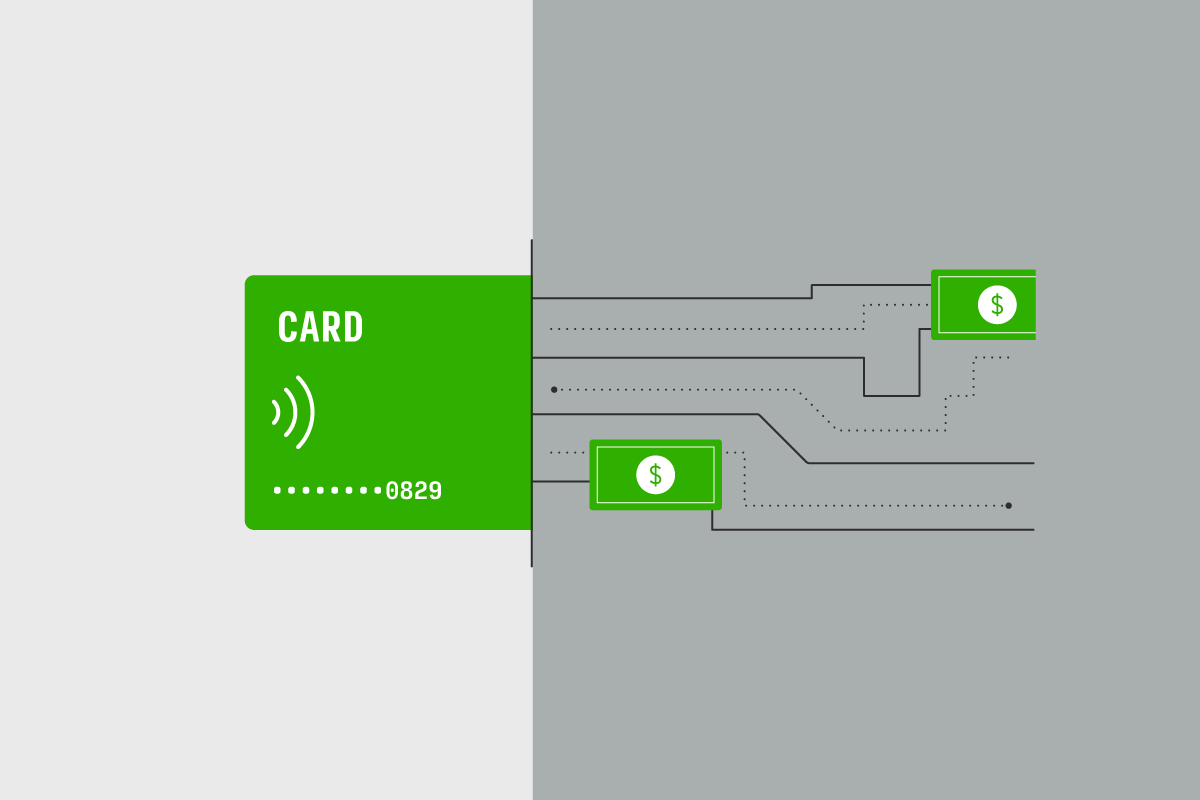Blog
Beginner’s guide to payment rails
April 13, 2023
Editorial Team

A payment rail is an infrastructure or network that allows the movement of funds from one bank or financial institution to another in the same network.
Similar to train rails, a payment rail connects one point to another. Instead of passengers or goods traveling from one point to another, with a payment rail, money moves from one institution to another. Payment rails ensure the secure exchange of financial information between two parties, connecting the payer's and payee's accounts.
"'Rails' are a piece of payment network infrastructure that enables digital money transfers between payers and payees—regardless of the country, currency, or payment method. It doesn't matter if the payer or payee is a business or a consumer," says PayU's Chief Product Officer, Daniel Cohen, in a FinExtra article.
Payment systems in the US have been evolving for the last century or so, beginning with the FedWire to the upcoming FedNow system. Payment methods that run on payment rails are generally faster and more secure than traditional payment methods like cash or checks, thanks to electronic, automated processing with fewer intermediaries.
There are several types of payment rails out there, and in this article, we’ll talk about some of them.
Four types of payment rails
While payment rails refer to the underlying infrastructure that allows the transfer of funds, it's important to note that there are multiple rails, each with complex systems, in existence. "Payment rails are becoming increasingly complex, and each rail differs in the method it uses to carry out this process, based on the type of payment," continues Cohen.
Several payment rails include Automated Clearing House (ACH) payments, wire transfers, card networks, and fednow. Let's dive into each of them below.
1. Automated Clearing House (ACH)
ACH stands for Automated Clearing House, an electronic funds transfer (EFT) system used in the United States for sending and receiving money between bank accounts. According to Nacha, the organization governing the ACH payment system, in 2022, there were 30 billion payments through the ACH network valued at nearly $77 trillion.
ACH payments are processed 23 ¼ hours every business day, and the ACH settles payments four times a day when the Federal Reserve's settlement service is open. ACH transfers are often cheaper and faster than traditional payment methods like wire transfers or paper checks, making them a popular choice for businesses and consumers.
ACH transfers can be used for various purposes, including direct deposit of payroll and payment to the government, e.g., Internal Revenue Service (IRS), vendor payments, consumer bill payments, and peer-to-peer (P2P) transfers like Venmo and Paypal. In addition, fintech companies like Link Money that offer pay by bank also run on ACH rails via open banking APIs.
2. Wire transfers
Wire transfers refer to electronic funds transfers between banks or other financial institutions, sometimes across international borders. Wire transfers are often used for larger transactions that need to be settled quickly. Funds are transferred directly from the sender's bank account to the recipient's, typically the same or the next business day.
Although wire transfers are often faster than traditional payment methods, they are often more expensive due to processing fees charged by banks and other intermediaries.
According to NerdWallet, "Wire transfer fees generally range from $0 to about $50. The median wire transfer fee for the institutions we surveyed is $15 for incoming domestic wire transfers, $25 for outgoing domestic wire transfers, $15 for incoming international wire transfers and $45 for outgoing international wire transfers."
Wire transfers are also subject to more stringent security and verification requirements than other payment methods, as they involve the transfer of large sums of money. Banks need to authenticate the identity of the sender and recipient of the wire transfer, sometimes through two-factor authentication, to prevent fraudulent transactions.
For example, a company in Missouri sued their bank, BancorpSouth Inc., for ineffective two-factor authentication—both password-based—for large transactions as hackers stole their banking information and transferred $440K to a bank account in Cyprus. Another construction firm in Maine, Patco, legally challenged the security implementation of Ocean Bank after a cyberheist incident.
In addition to authentication, banks must verify the transfer data, such as payment amount and account holder details to prevent errors and ensure compliance with anti-money laundering (AML) and know-your-customer (KYC) regulations. Wire transfers are often used for real estate purchases, investments, or business-to-business (B2B) transactions across borders.
3. Card networks
When you use your credit or debit card to make a payment, a lot happens behind the scenes—this is where card networks come into the picture. Card networks are the infrastructure that allows payments to be processed between banks, merchants, and consumers for debit or credit card transactions.
"For example, the Visa network is routinely described as a set of 'rails', referring to transcontinental railroads that moved people, news, mail, currency, and gold across the widening United States and, in most grand narratives, consolidated it as a nation," say academics Bill Maurer and Lana Swartz.
In the US, several banks offer debit and credit cards running on card rails. As stated in Forbes, a Federal Reserve Bank of San Francisco study found that credit cards were used to make 28% of all payments in 2021.
Card networks act as intermediaries between the parties involved in the transaction, facilitating the authorization, clearing, and settlement of card transactions. Examples of card networks include Visa, Mastercard, American Express, and Discover, among others.

Source: Nilson Report
4. FedNow
Although there’s a world of payment options out there, from Paypal to Venmo, none of them process transactions in real-time. A typical payment processing time is anywhere between 24 hours and three days.
However, FedNow is the Federal Reserve’s new service that will operate 24/7/365 as an interbank system that settles transactions for both sides, the sender and receiver, in real-time. With the changing economic landscape, many consumers want more options, like pay by bank, for faster transactions.
FedNow will be available for both individual and business transactions—it’s the first payment system to be introduced since Automated Clearing House ACH.
At present, FedNow will only offer push transactions, meaning they have to be initiated and authorized. This means that there isn’t a path for FedNow to collect ongoing or subscription fees (like Uber or Netflix) without explicit authorization each time. To pull payments, businesses would have to use a different rail altogether.
The cost is expected to be composed of three fees: a $25 monthly participation fee for each routing number receiving transfers, a $0.045 fee per credit transfer paid by the sender, and a $0.01 fee for each payment request message paid by the requester.
To learn more about FedNow, visit this page.
Payment rails are here to stay
Payment rails have transformed how we transfer money, making transactions faster, more efficient, and more secure. In the future, new and innovative payment rails will continue to lead the path for domestic and international payments. As e-commerce and the digital economy expand, payment rails will remain essential. Businesses that stay informed about these technologies and adapt accordingly are better poised to succeed and ensure a positive impact on cash flow.